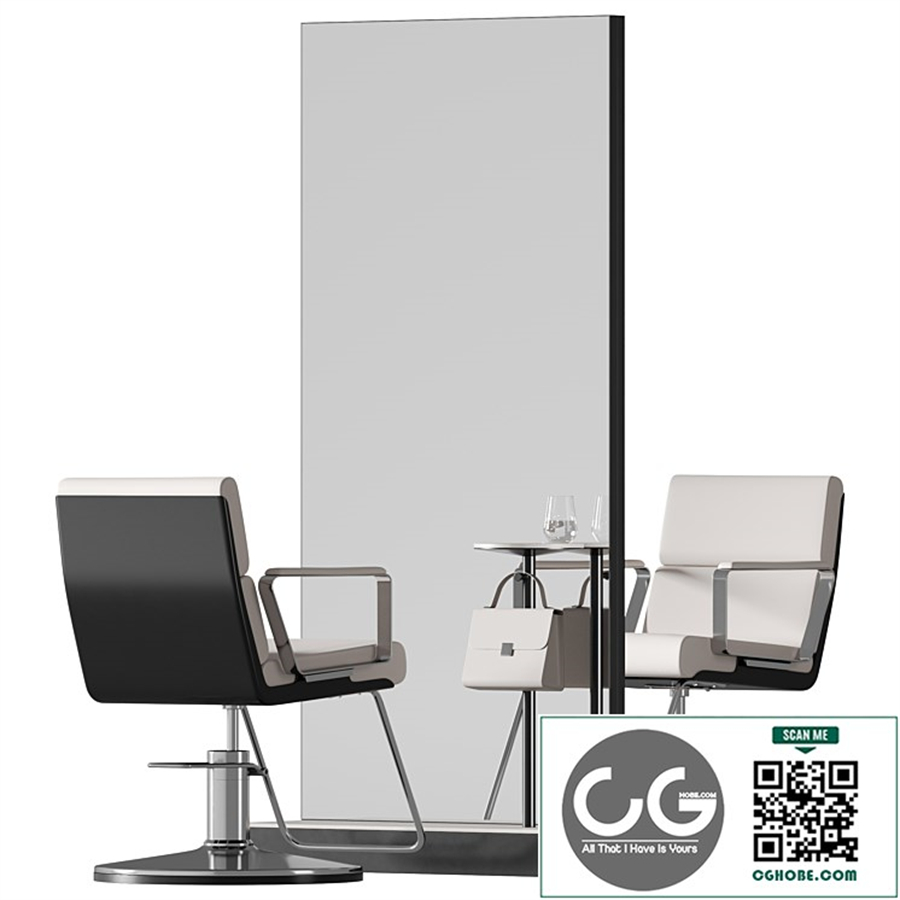## A Deep Dive into the Design: Modern Multifunctional Wine Cabinet 3D Model
This document explores the design and functionality of a modern multifunctional wine cabinet, focusing on the key features and considerations incorporated into its 3D model. The goal is to provide a comprehensive overview of this innovative piece of furniture, suitable for both discerning wine enthusiasts and design professionals.
Part 1: Conceptualization and Design Philosophy
The design of this *modern multifunctional wine cabinet* is rooted in the principle of *seamless integration* of form and function. We sought to create a piece of furniture that transcends the typical image of a wine cellar, blending seamlessly into contemporary living spaces while maintaining optimal wine storage and accessibility. This was achieved by focusing on several core design elements:
* Sleek Minimalist Aesthetics: The cabinet boasts a *minimalist design*, characterized by clean lines, a lack of excessive ornamentation, and the use of *high-quality materials* to create a sense of understated elegance. This ensures it complements a range of interior styles, from minimalist to modern contemporary. The *3D model* meticulously reflects this aesthetic, showcasing the precise dimensions and surface textures.
* Multifunctional Design: Beyond simple wine storage, this cabinet offers *additional functionalities*, enhancing its practicality and appeal. These features, detailed later, differentiate it from traditional wine storage solutions. This *multifunctional approach* caters to the needs of modern lifestyles, where space optimization and versatility are highly valued.
* Ergonomic Design: The cabinet's design prioritizes *ergonomics*. Features like easily accessible shelving, smooth drawer mechanisms, and appropriately placed lighting enhance user experience and ensure comfortable interaction with the stored wine collection. The *3D model* allows for detailed simulations to ensure optimal usability.
* Material Selection: The choice of materials plays a crucial role in achieving the desired aesthetic and functionality. We have opted for materials that are both *durable and aesthetically pleasing*. This might include *high-grade wood veneers*, *tempered glass*, and *stainless steel accents*, all chosen for their durability and resistance to environmental factors that could affect wine storage. The 3D model accurately represents the *texture and finish* of these materials.
* Technological Integration (Optional): Depending on the client's specifications, the cabinet can incorporate *smart technology*. This might include integrated temperature control systems, humidity monitoring, and even mobile app connectivity for remote management. The 3D model can be adapted to reflect these *technological enhancements*.
Part 2: Key Functional Features
The *multifunctional aspect* of this wine cabinet is a key differentiator. Here's a breakdown of its core functionalities:
* Optimal Wine Storage: The cabinet offers ample space for wine storage, with adjustable shelving to accommodate different bottle sizes and shapes. The *internal layout* is meticulously planned in the 3D model to maximize storage capacity while maintaining easy access to individual bottles. The *climate control* options (if incorporated) are also simulated in the model to ensure optimal wine preservation.
* Integrated Wine Cooler (Optional): For enhanced preservation, a *built-in wine cooler* can be incorporated. This feature maintains the ideal temperature and humidity levels for long-term wine storage. The 3D model allows for precise visualization of the cooler's location and integration within the overall cabinet design.
* Hidden Compartments: Discreet *hidden compartments* provide additional storage for wine accessories, such as corkscrews, decanters, and wine glasses. This adds to the cabinet's overall functionality and organizational capacity. The *3D model* allows for exploration of the precise locations and dimensions of these compartments.
* Display Area: A dedicated *display area* showcases a selection of prized bottles, enhancing the cabinet's aesthetic appeal. This could be a glass-fronted section or a strategically placed shelf with specialized lighting. The *3D model* highlights the design and lighting of this area.
* Serving Area (Optional): An optional *integrated serving area* can incorporate features like a pull-out counter or a built-in wine rack for easy access during entertaining. The 3D model can simulate the functionality of this area.
* Customizable Interior: The *interior layout* is highly *customizable* to accommodate individual preferences and collection sizes. Different shelving configurations, bottle dividers, and storage options can be tailored to meet specific needs, all reflected in the adaptable 3D model.
Part 3: The 3D Model: A Tool for Design and Refinement
The *3D model* serves as a crucial tool throughout the design process. It allows for:
* Visualisation: The model provides a realistic representation of the cabinet's appearance from various angles and perspectives. This enables clients to visualize how the cabinet will fit into their space and complements their existing décor.
* Detailed Planning: The model facilitates precise planning of internal dimensions, shelving arrangements, and the placement of functional components. This ensures optimal space utilization and ease of access.
* Material Exploration: Different materials and finishes can be virtually explored and applied to the model to see their impact on the overall aesthetic. This allows for informed decision-making during the material selection phase.
* Client Collaboration: The 3D model serves as an effective communication tool for collaborating with clients, allowing for real-time feedback and adjustments to the design based on their preferences.
* Production Planning: The model provides detailed blueprints for manufacturers, facilitating accurate production and assembly. This minimizes errors and ensures a seamless manufacturing process.
* Problem Solving: Potential design flaws or functional issues can be identified and resolved early in the design process, preventing costly modifications later on.
Part 4: Conclusion and Future Iterations
This *modern multifunctional wine cabinet* represents a significant advancement in wine storage solutions. Its blend of aesthetics, functionality, and technological integration caters to the demands of modern lifestyles. The *3D model* is an integral part of its development, enabling meticulous design, client collaboration, and efficient production. Future iterations might explore further integration of smart technology, such as automated inventory management and remote temperature adjustments. The emphasis will continue to be on creating a piece of furniture that seamlessly blends functionality, style, and user-friendliness. The underlying design philosophy of *seamless integration*, *minimalist aesthetics*, and *ergonomic design* will continue to guide the evolution of this innovative wine cabinet.




















